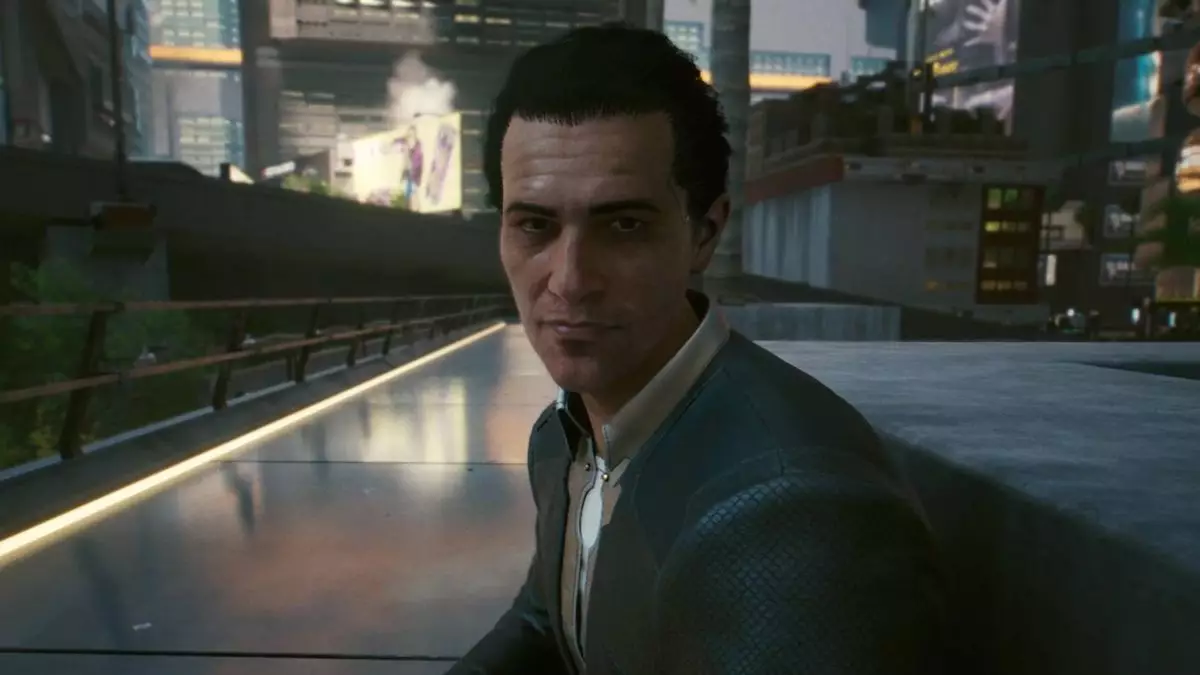Cyberpunk 2077, a game renowned for its vast open world and intricate storytelling, pushes players to navigate the morally grey landscape of Night City. One crucial mission that exemplifies these themes is “Dream On,” where players take on the role of V and investigate the enigmatic Peralez couple, Jefferson and Elizabeth. This mission stands out not only for its engaging detective work but also for the complex choices that challenge players’ moral compass.
The Dream On mission commences with V receiving a call from Jefferson Peralez, who expresses concern regarding disturbing matters in his home. This initial interaction sets a tone of intrigue and suspicion. Players must traverse the Peralez apartment, one that is rich with detail and possibilities. Upon entering, V meets Elizabeth, who invites them to explore the nuances of their lives together. This invitation opens the door for V to conduct a thorough investigation.
The game’s design encourages exploration and scrutiny; players are prompted to examine various elements throughout the apartment. The environment is not just a backdrop; it serves as a narrative layer, revealing deeper truths about the characters and their circumstances. The compelling challenge lies in discerning which items to interact with, as V must piece together clues that reveal the couple’s hidden conflicts.
As players delve deeper into the apartment, they come across several key objectives that help uncover the Peralez’s dark secrets. One notable element is the smart glass screen, which can potentially knock V unconscious if repaired with sufficient skill. This mechanic is emblematic of the game’s overall design philosophy—successful engagement with the environment can lead to unexpected outcomes.
Additionally, players must contend with intimidating locked rooms that can either be opened through brute strength or accessed via a computer terminal in the security room. This duality enhances the role-playing experience, catering to various player builds and playstyles. As one navigates through this complex setting, the tension mounts.
But the stakes grow even higher once V discovers the dirty laundry hidden in the couple’s security room. The messages detailing the surveillance operations authorized by a shadowy firm raise alarms about the characters’ autonomy and privacy. This critical moment forces players to confront larger themes surrounding agency, consent, and the invasive nature of technological surveillance present in the Cyberpunk universe.
After gathering sufficient evidence, V’s next directive is to track the surveillance van linked to the Peralez’s case. This phase shifts the narrative from investigation to action, highlighting the interconnectedness of various game mechanics. Navigating the streets of Night City, players engage in combat with numerous enemies, indicative of the chaos that engulfs the futuristic landscape.
The climax reveals that the security firm has been manipulating the Peralez couple by implanting fabricated memories, a move that invokes questions about identity and self-determination. Following this sequence, V must choose how to relay this inconvenient truth back to the Peralez’s. The narrative culminates in a critical decision: to align with Elizabeth’s narrative or to divulge the darker reality of Jefferson’s situation.
The tension inherent in this conclusion fosters a space for reflection on moral decision-making. The game does not lay out a definitive right or wrong answer—rather, it invites players to engage with the dilemma according to their take on the characters’ motivations. What is paramount is the essence of choice in storytelling, allowing for personalized outcomes based on the player’s value system.
This decision also emphasizes the broader theme encircling power dynamics within relationships. The knowledge that V possesses becomes a burden; revealing the truth might jeopardize the fragile state of the Peralez’s lives, emphasizing how information can wield both power and peril.
Ultimately, Dream On encapsulates what makes Cyberpunk 2077 a standout title in contemporary gaming. Its focus on detailed exploration, moral complexity, and character-driven storytelling creates an engaging narrative experience. The intricacies of choice reflect the overarching themes of the game, challenging players to navigate a world rife with deception and the search for authenticity. With the Peralez couple’s fate hinging on V’s choices, players are left not with clear resolutions, but rather an understanding that in Night City, every decision carries weight and consequences that ripple into the future. In this rich tapestry woven from choice, consequence, and character, Cyberpunk 2077 continues to shine as a whirlwind of narrative possibility.

